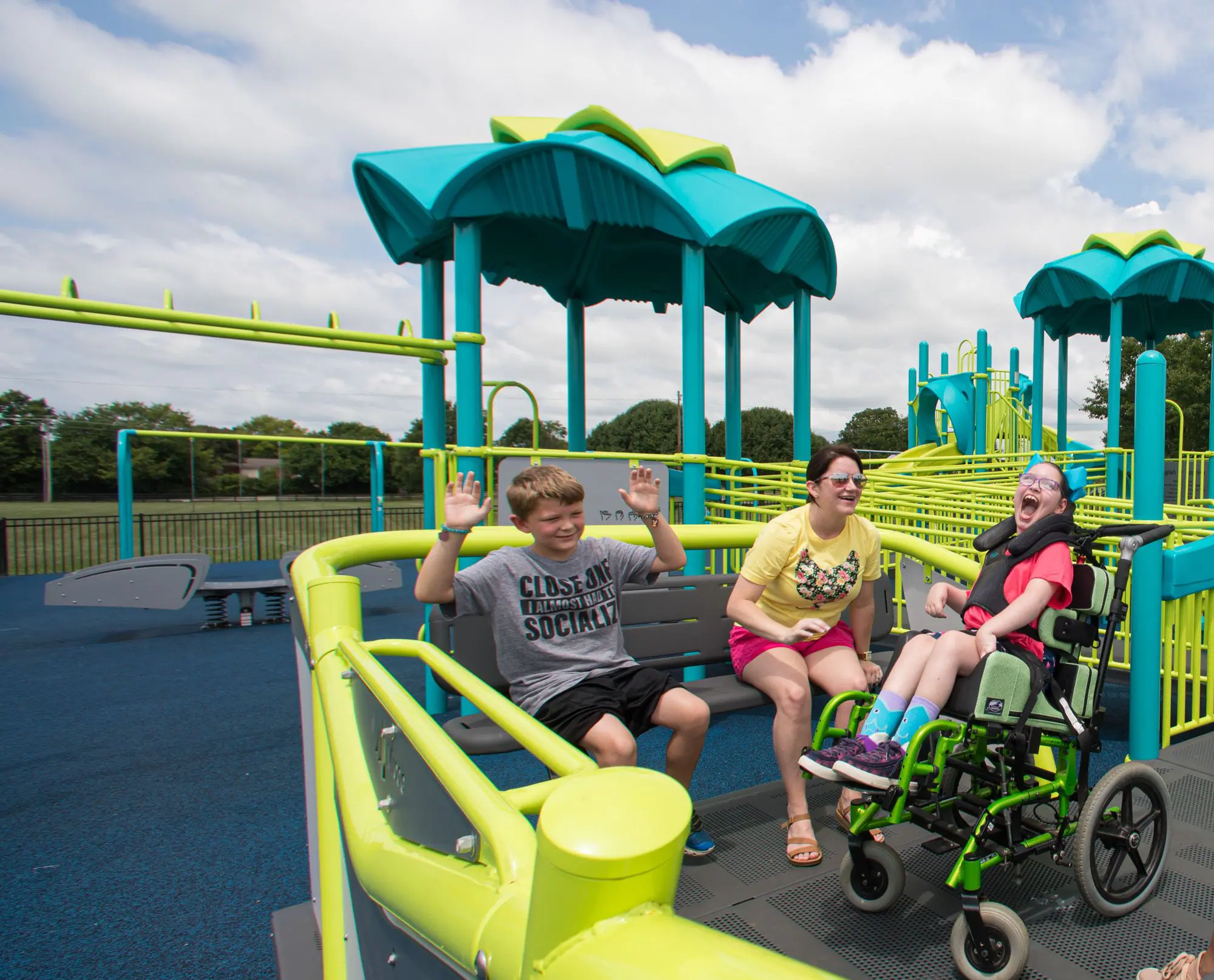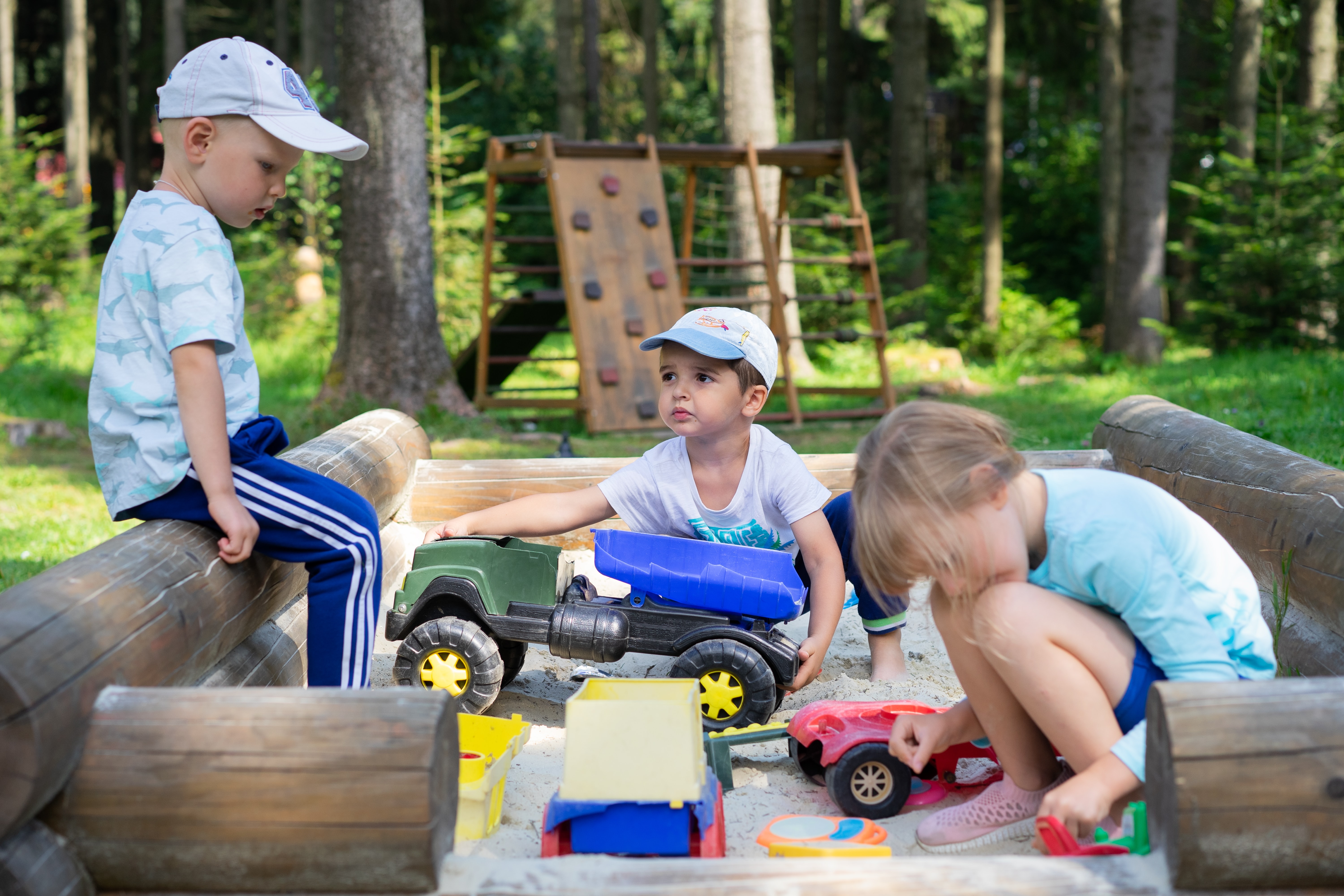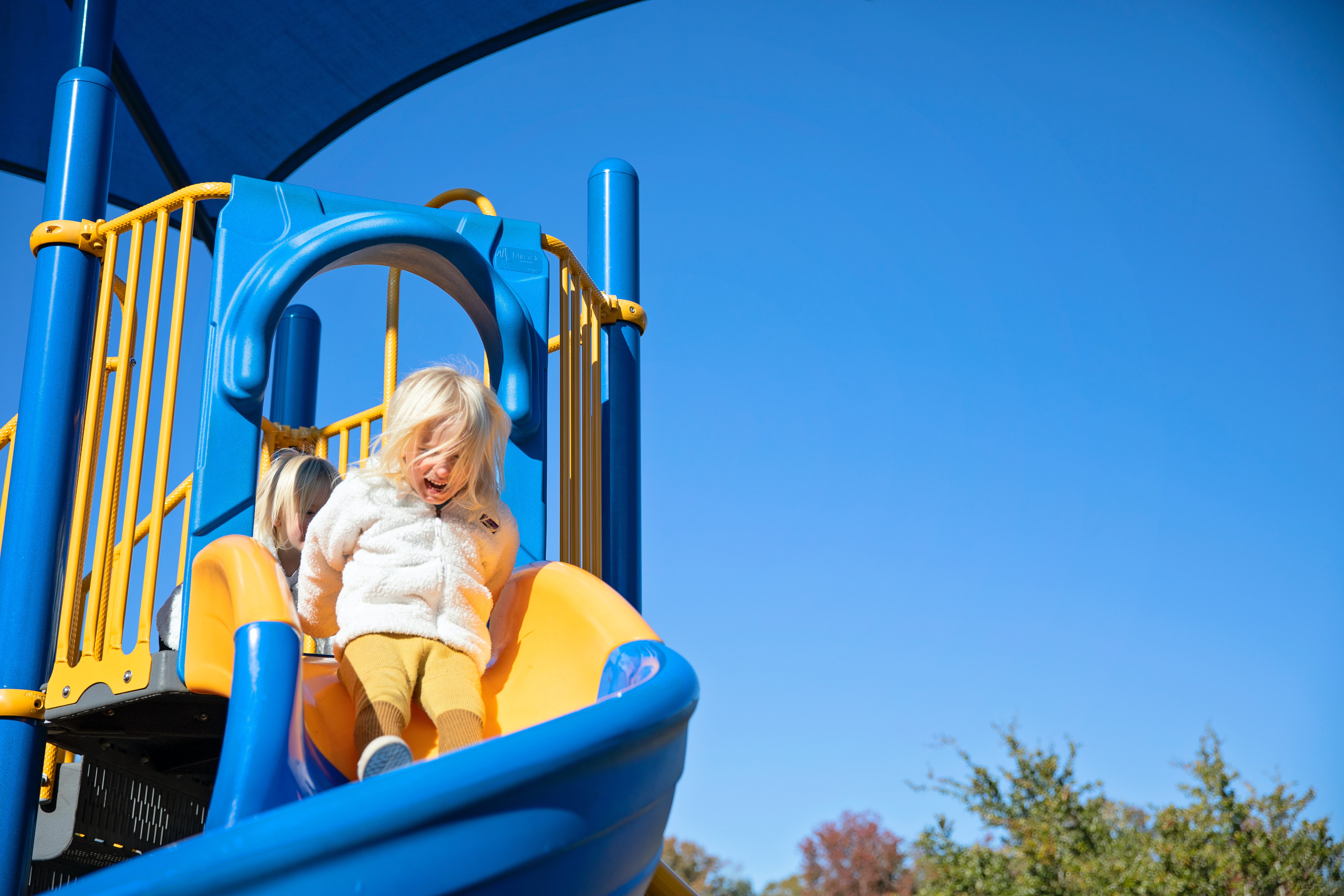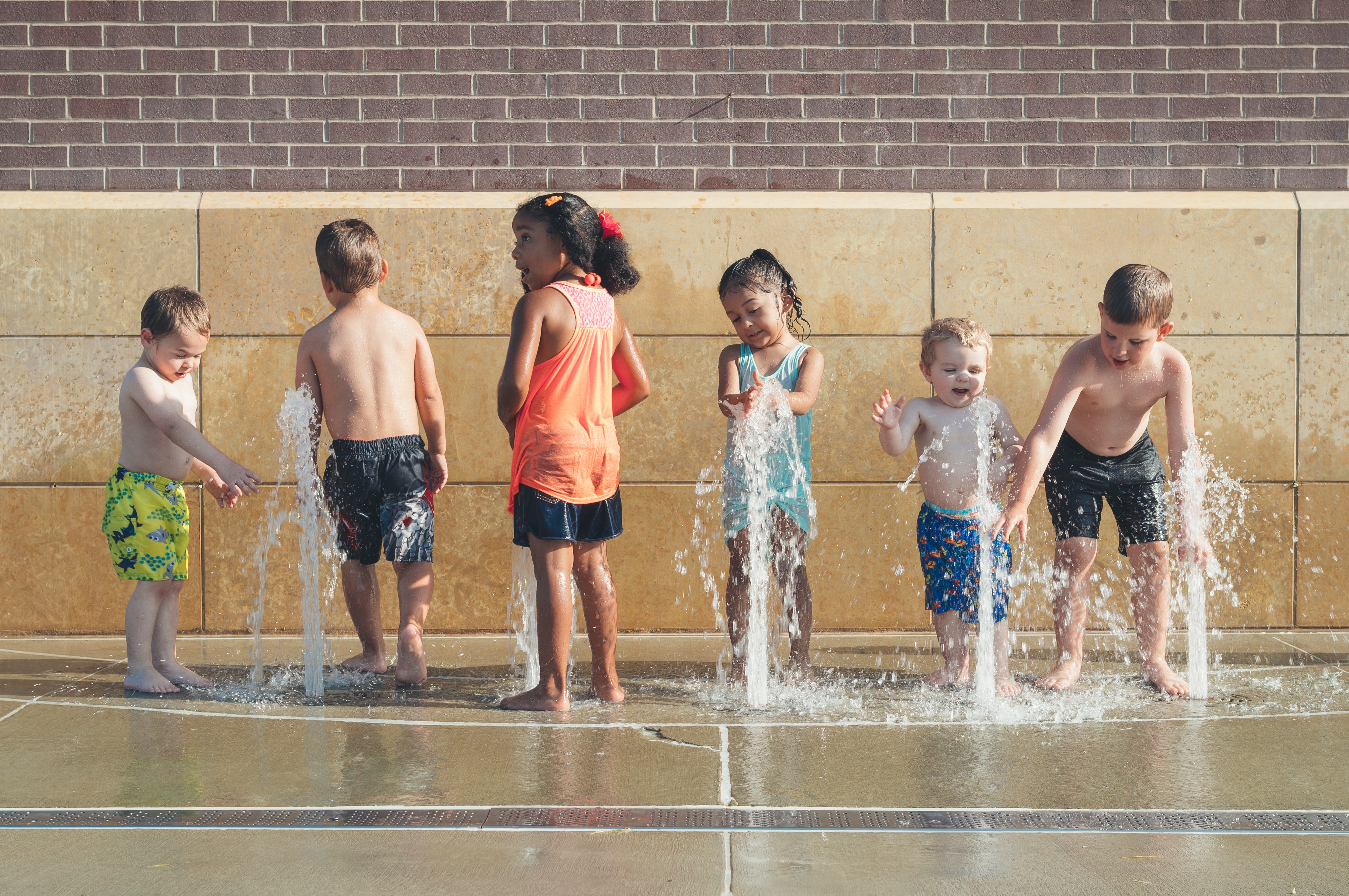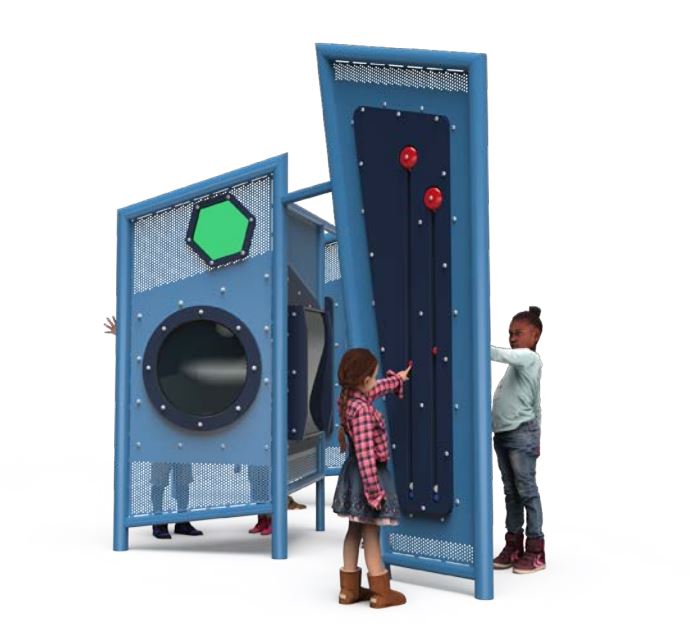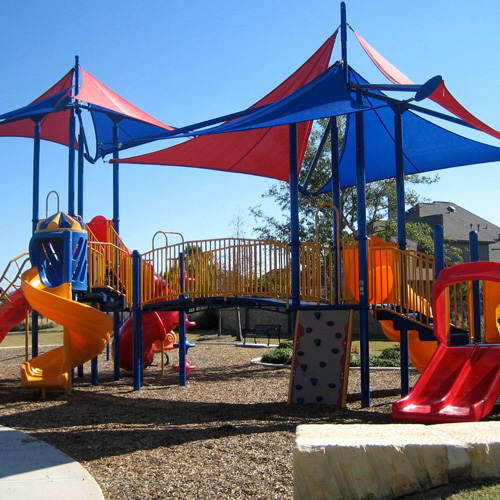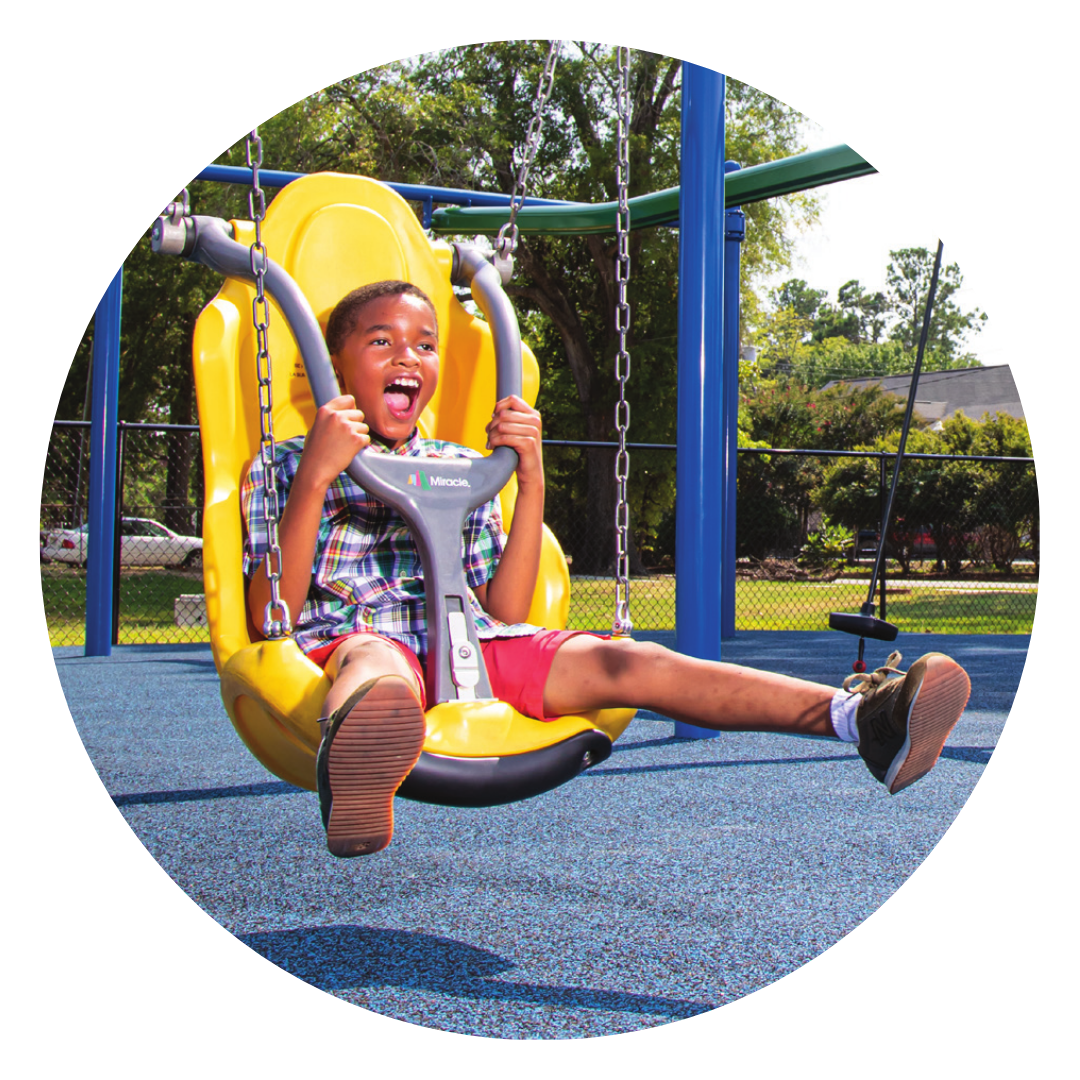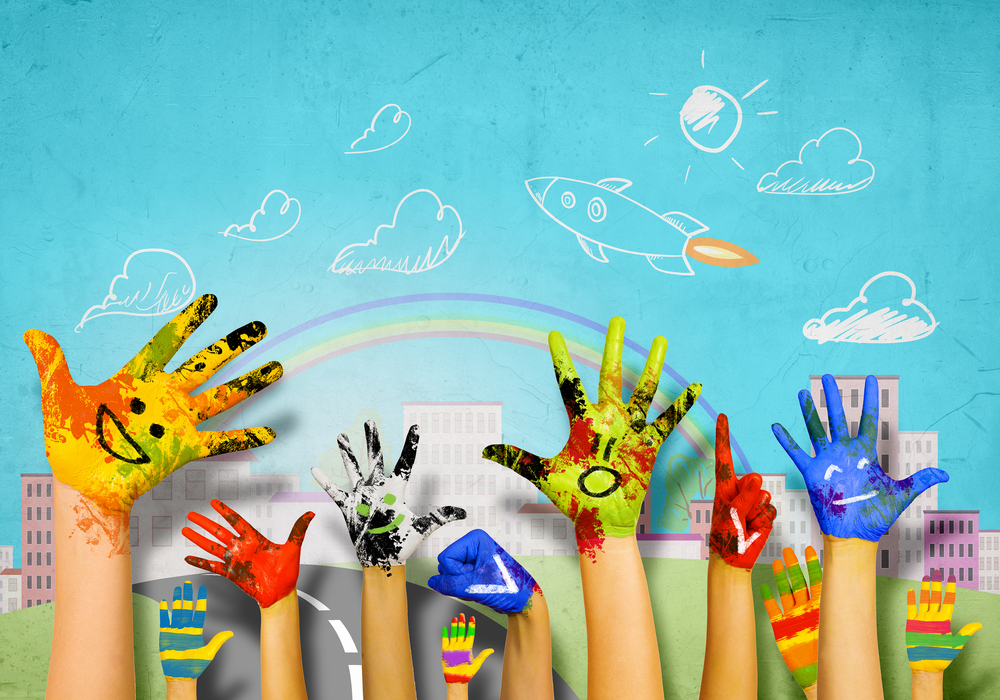Making a school playground inclusive is an all-in intentional effort. It’s more than building a ramp...
Articles
As adults going through a typical day, we often take our senses for granted. But remember back to wh...
Inclusive playgrounds have started popping up all over the nation, and for good reason. Their innova...
Playgrounds are wonderful places where kids can make friends, get some exercise and foster their dev...
Playgrounds are intended to serve all children, regardless of their physical or intellectual abiliti...
Community and commercial playgrounds are designed and built to last for years and years of enjoyment...
Miracle Museum is the aptly named new-to-the-playground-industry children’s museum experience that c...
The playground you set up for children at your daycare center should be designed to meet a wide rang...
Making up the world’s largest minority, some 1 billion people worldwide currently live with a disabi...
Perhaps few groups of children have struggled with inclusion as much as people with sensory issues, ...
Subscribe to Email Updates
Articles by Topic
- Accessibility (6)
- Artificial Turf (6)
- Child Development (41)
- Childhood Unplugged (26)
- Community Parks (28)
- Custom Playground (20)
- Destination Playgrounds (1)
- Family Fun (3)
- Inclusivity (33)
- Indoor Playground (1)
- Maintenance (7)
- May Recreation (12)
- Mental Health (12)
- Miracle Recreation (14)
- Music (1)
- Outdoor Classroom (9)
- outdoor learning (8)
- Pediatric Health & Wellness (35)
- Play & Fitness (51)
- Playground Design & Planning (70)
- Playground Projects (14)
- Playground Safety (1)
- Playground Sale (9)
- Playground Surfacing (9)
- Product Features (14)
- Recess (10)
- Safety (14)
- Sensory Play (3)
- Shade (11)
- Sports (1)
- STEAM (1)
- STEM (2)
- Theme Playgrounds (8)
- Tips (3)



